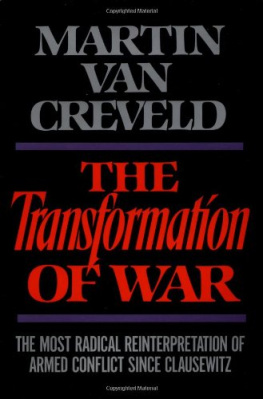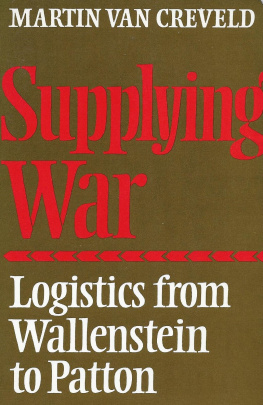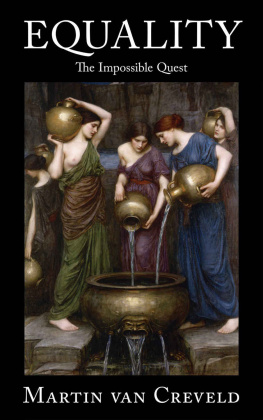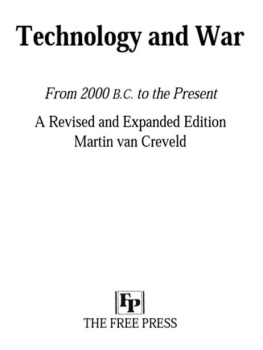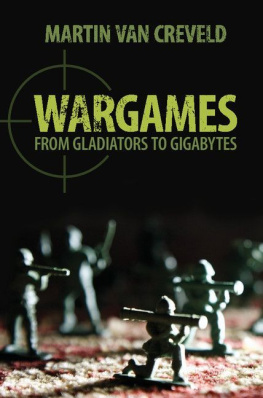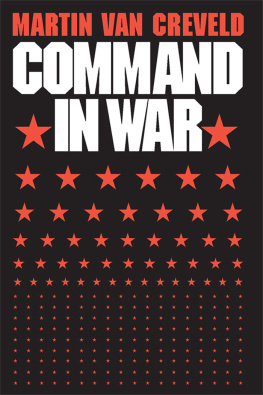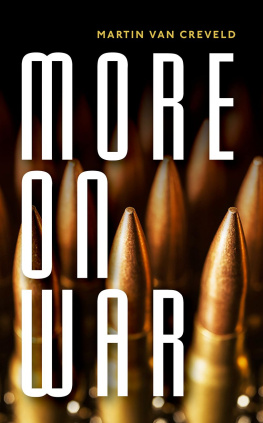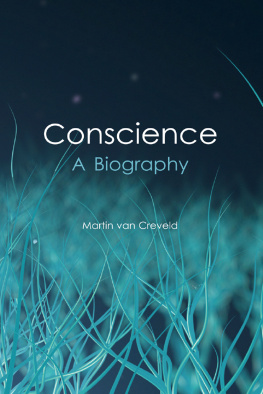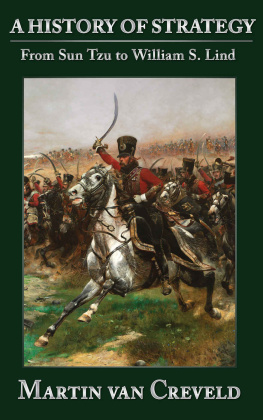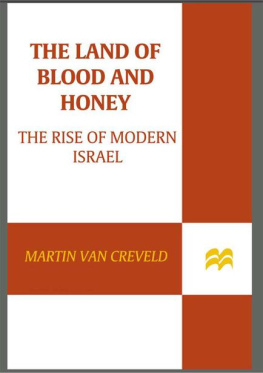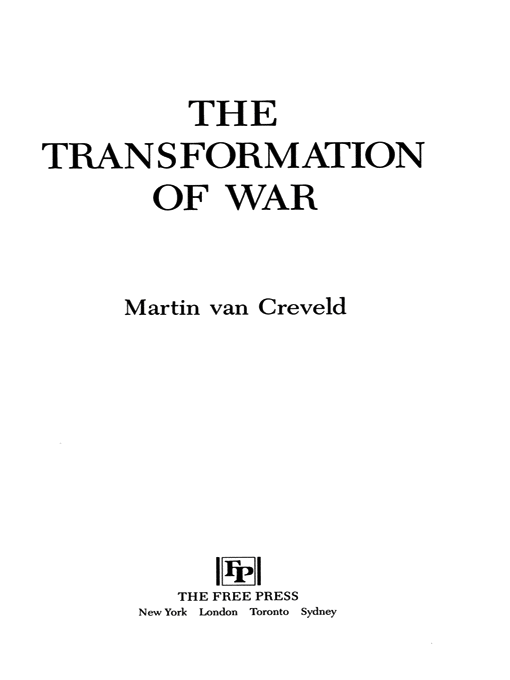Martin Van Creveld - The Transformation of War: The Most Radical Reinterpretation of Armed Conflict Since Clausewitz
Here you can read online Martin Van Creveld - The Transformation of War: The Most Radical Reinterpretation of Armed Conflict Since Clausewitz full text of the book (entire story) in english for free. Download pdf and epub, get meaning, cover and reviews about this ebook. year: 1991, publisher: Free Press, genre: Politics. Description of the work, (preface) as well as reviews are available. Best literature library LitArk.com created for fans of good reading and offers a wide selection of genres:
Romance novel
Science fiction
Adventure
Detective
Science
History
Home and family
Prose
Art
Politics
Computer
Non-fiction
Religion
Business
Children
Humor
Choose a favorite category and find really read worthwhile books. Enjoy immersion in the world of imagination, feel the emotions of the characters or learn something new for yourself, make an fascinating discovery.
- Book:The Transformation of War: The Most Radical Reinterpretation of Armed Conflict Since Clausewitz
- Author:
- Publisher:Free Press
- Genre:
- Year:1991
- Rating:5 / 5
- Favourites:Add to favourites
- Your mark:
The Transformation of War: The Most Radical Reinterpretation of Armed Conflict Since Clausewitz: summary, description and annotation
We offer to read an annotation, description, summary or preface (depends on what the author of the book "The Transformation of War: The Most Radical Reinterpretation of Armed Conflict Since Clausewitz" wrote himself). If you haven't found the necessary information about the book — write in the comments, we will try to find it.
For 200 years, military theory and strategy have been guided by the Clausewitzian assumption that war is rational - a reflection of national interest and an extension of politics by other means. However, van Creveld argues, the overwhelming pattern of conflict in the post-1945 world no longer yields fully to rational analysis. In fact, strategic planning based on such calculations is, and will continue to be, unrelated to current realities.
Small-scale military eruptions around the globe have demonstrated new forms of warfare with a different cast of characters - guerilla armies, terrorists, and bandits - pursuing diverse goals by violent means with the most primitive to the most sophisticated weapons. Although these warriors and their tactics testify to the end of conventional war as weve known it, the public and the military in the developed world continue to contemplate organized violence as conflict between the super powers.
At this moment, armed conflicts of the type van Creveld describes are occurring throughout the world. From Lebanon to Cambodia, from Sri Lanka and the Philippines to El Salvador, the Persian Gulf, and the strife-torn nations of Eastern Europe, violent confrontations confirm a new model of warfare in which tribal, ethnic, and religious factions do battle without high-tech weapons or state-supported armies and resources. This low-intensity conflict challenges existing distinctions between civilian and solder, individual crime and organized violence, terrorism and war. In the present global atmosphere, practices that for three centuries have been considered uncivilized, such as capturing civilians or even entire communities for ransom, have begun to reappear.
Pursuing bold and provocative paths of inquiry, van Creveld posits the inadequacies of our most basic ideas as to who fights wars and why and broaches the inevitability of mans need to play at war. In turn brilliant and infuriating, this challenge to our thinking and planning current and future military encounters is one of the most important books on war we are likely to read in our lifetime.
Martin Van Creveld: author's other books
Who wrote The Transformation of War: The Most Radical Reinterpretation of Armed Conflict Since Clausewitz? Find out the surname, the name of the author of the book and a list of all author's works by series.

